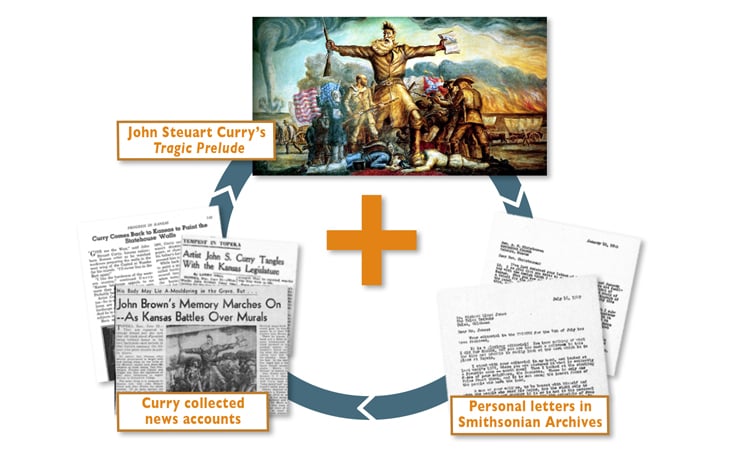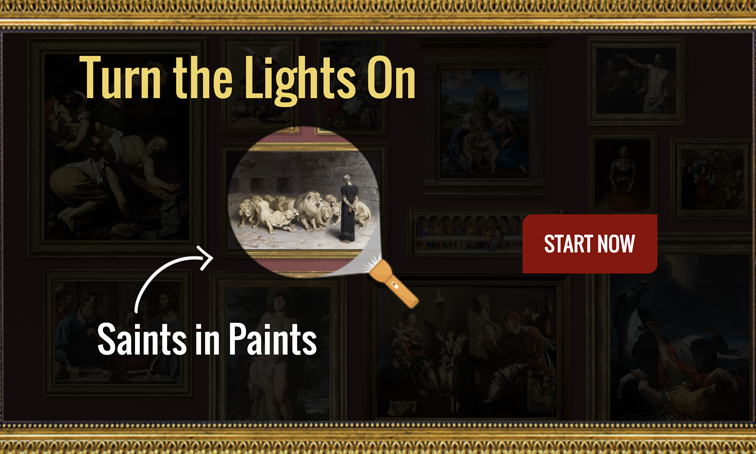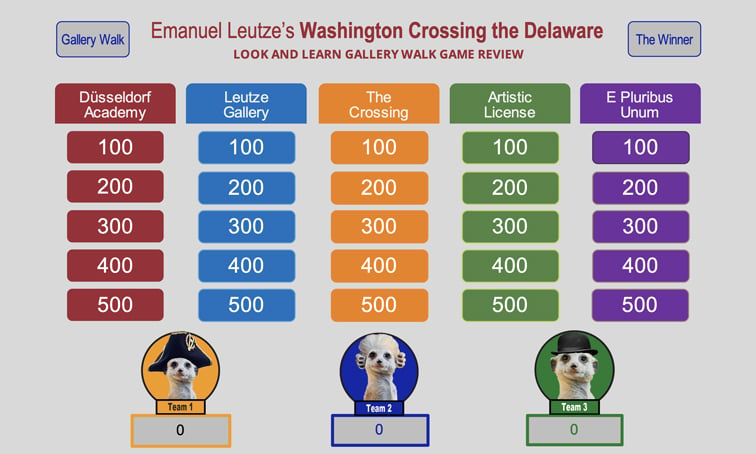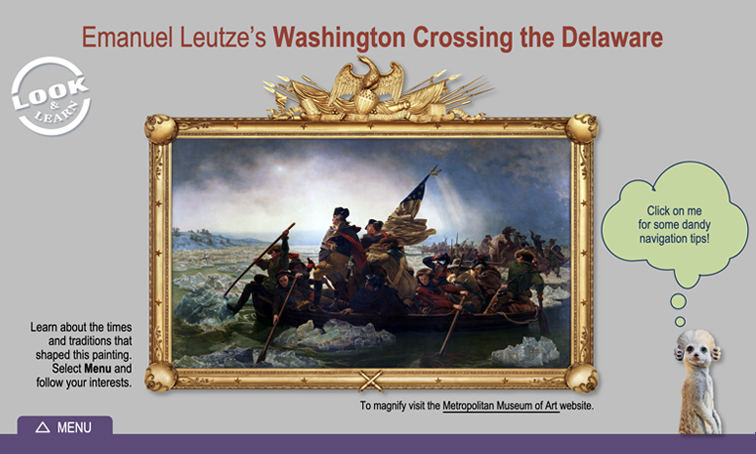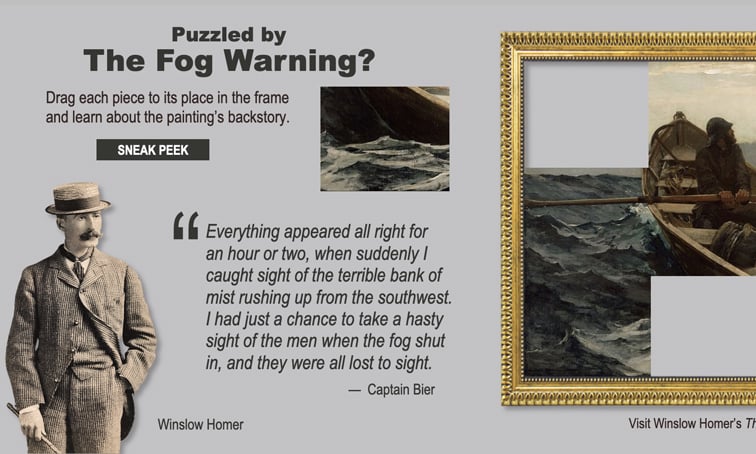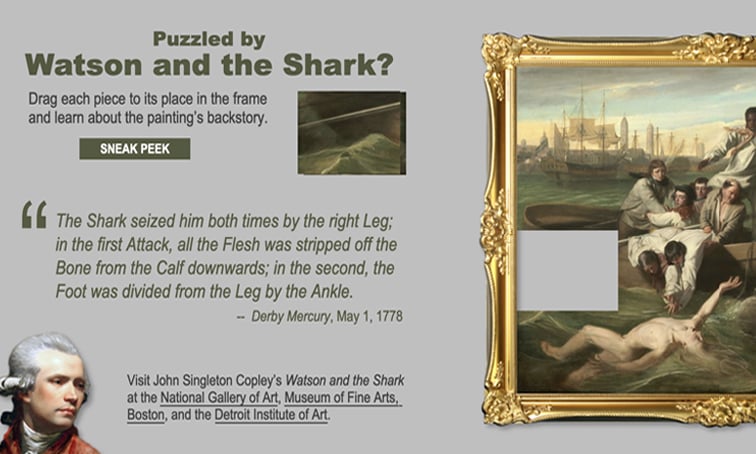About This Lesson
John Steuart Curry’s striking portrait of the contentious abolitionist John Brown sparks an inquiry into the complex interplay between moral conviction, righteous causes, and the perils of fanaticism.
In his Kansas Statehouse mural project, John Steuart Curry sought to capture the influential people and pivotal events that shaped the state's identity. His bold and unconventional portrait of John Brown, however, proved as divisive as the abolitionist himself. Curry’s personal correspondence, available through the Smithsonian’s online archive, provides a fascinating glimpse into the heated debates surrounding his work and invites students to grapple with challenging questions about their own moral responses to righteous causes. This inquiry study allows students to delve into primary source documents and conduct authentic historical research. By examining letters, writings, and newspaper clippings, students will uncover how public opinion and politics shaped the perception of both Brown’s legacy and Curry’s Tragic Prelude. These sources reveal how historical “truths” evolve over time, offering a powerful lesson on the shifting nature of history and memory.





